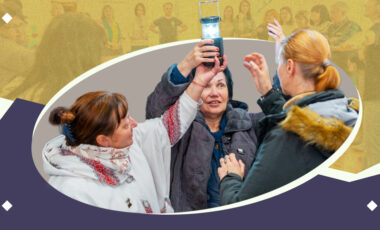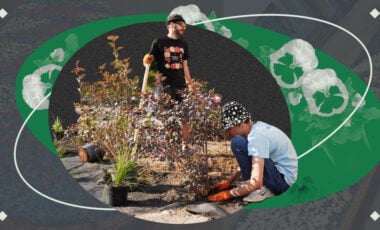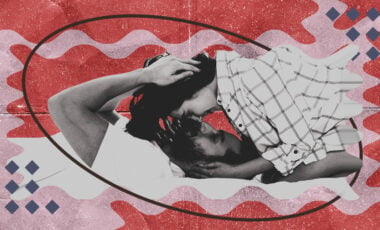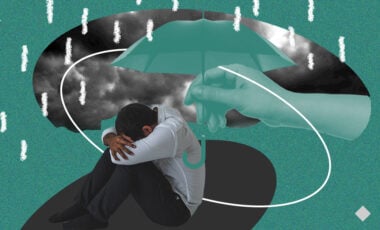How pandemic changed our cities forever: 20 urban solutions that will survive coronavirus
Bicycles, pedestrian areas, parklets, and fresh approaches to designing housing and urban spaces: the most interesting gathered.
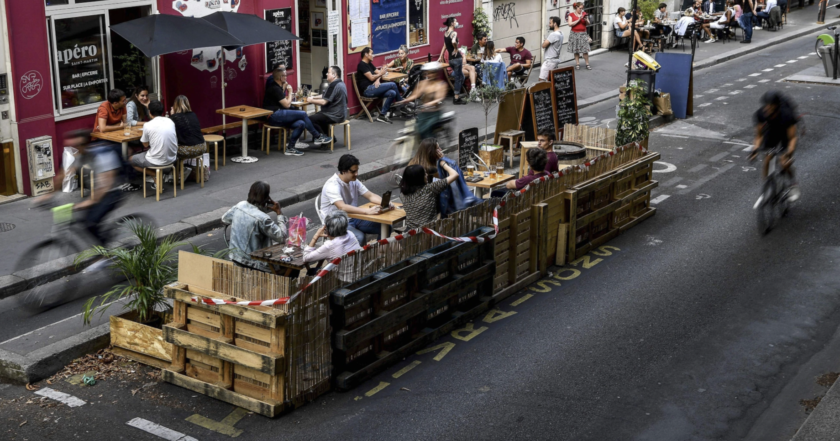
Photo Getty Images
At the beginning of the pandemic, the empty city streets looked scary. It seemed that here's a post-apocalypse in all its "beauty." But the world quickly adapted. When dozens of cities in some countries turned streets once affected by traffic into convenient and spacious pedestrian areas, and others began to implement the principles of priority of bicycle transport at the state level, it became clear that such an evolution of urban space can improve the quality of life, including when the pandemic is far behind. Urbanists believe the lessons learned by humanity now will help to understand how important it is to make our cities people-centered.
RUBRYKA has collected 20 urban solutions that were initially a response to the challenges of the coronavirus, but, it seems, are to survive the pandemic in a long run, in one place.
This publication is available in Ukrainian and Russian. The English translation hasn’t been produced yet. Support us to make the translation faster - follow the link for instructions

























